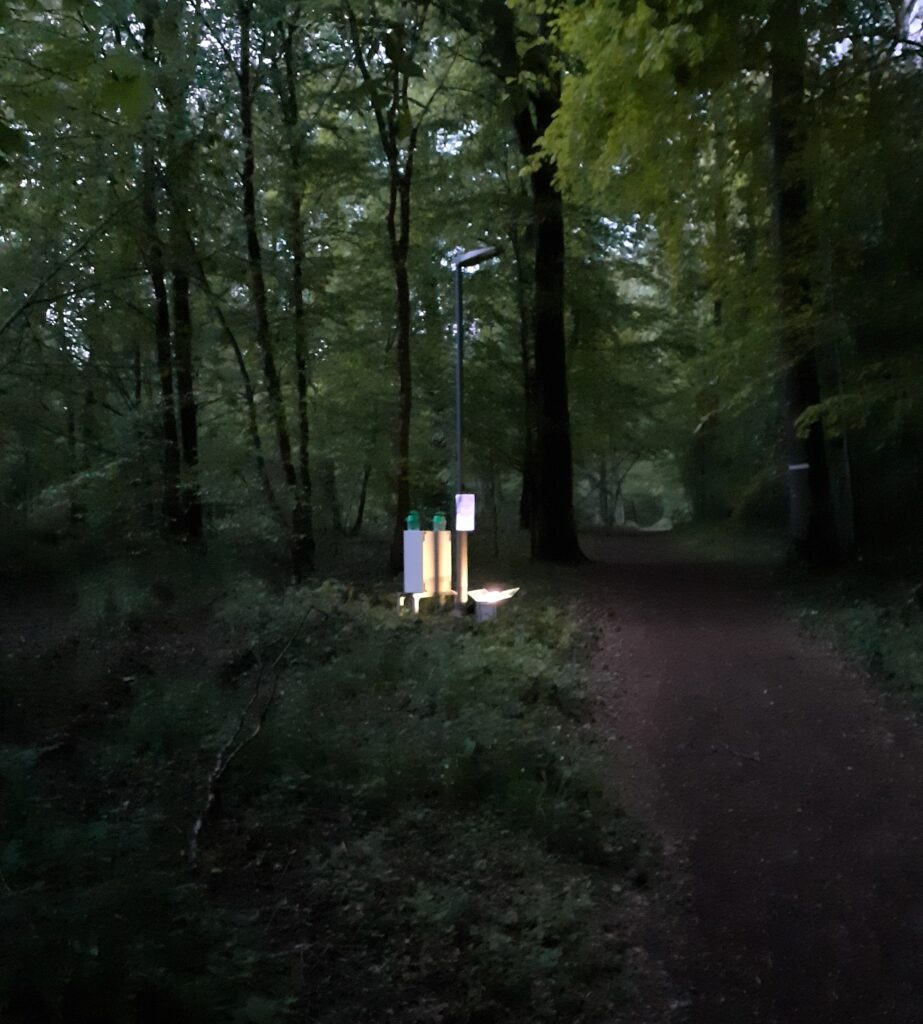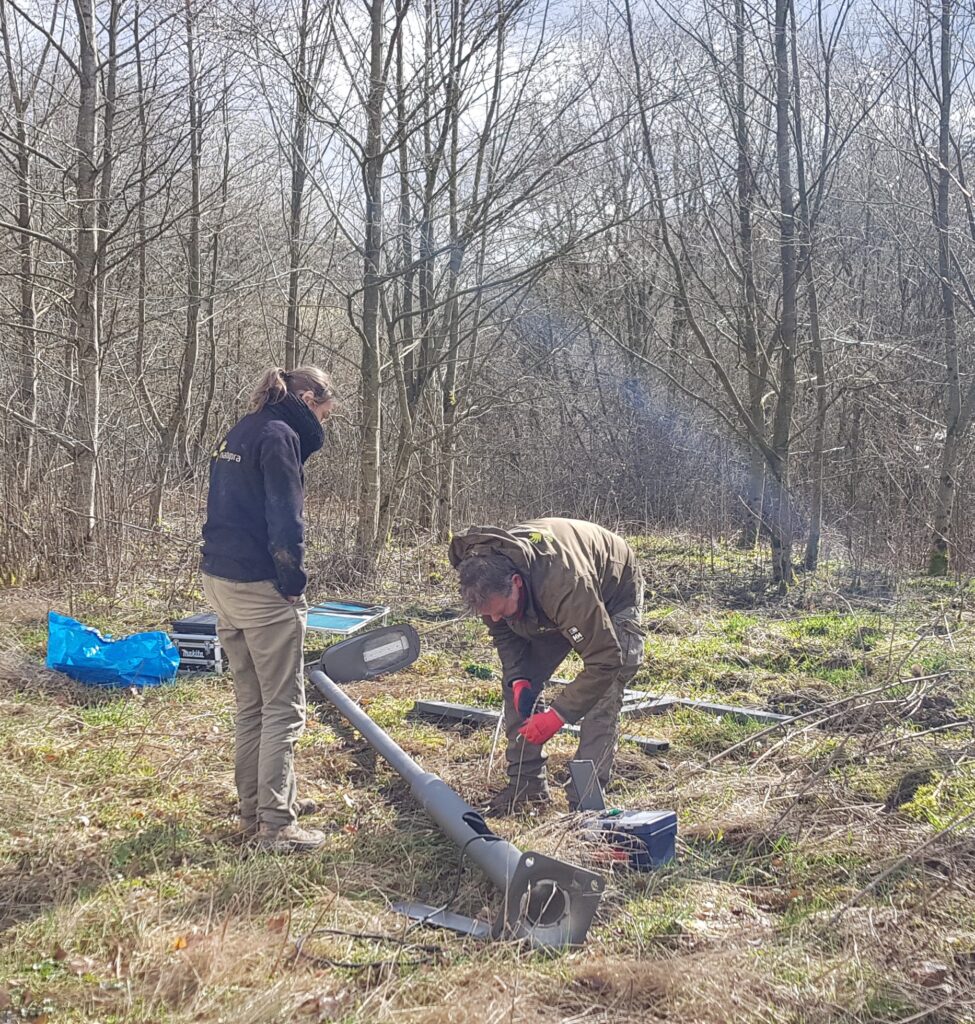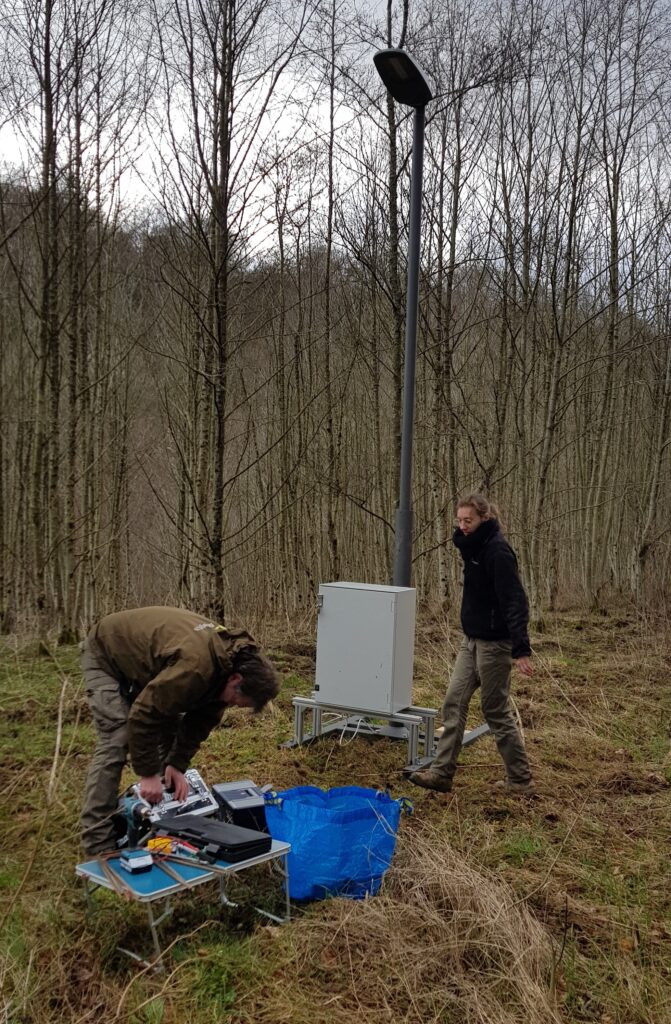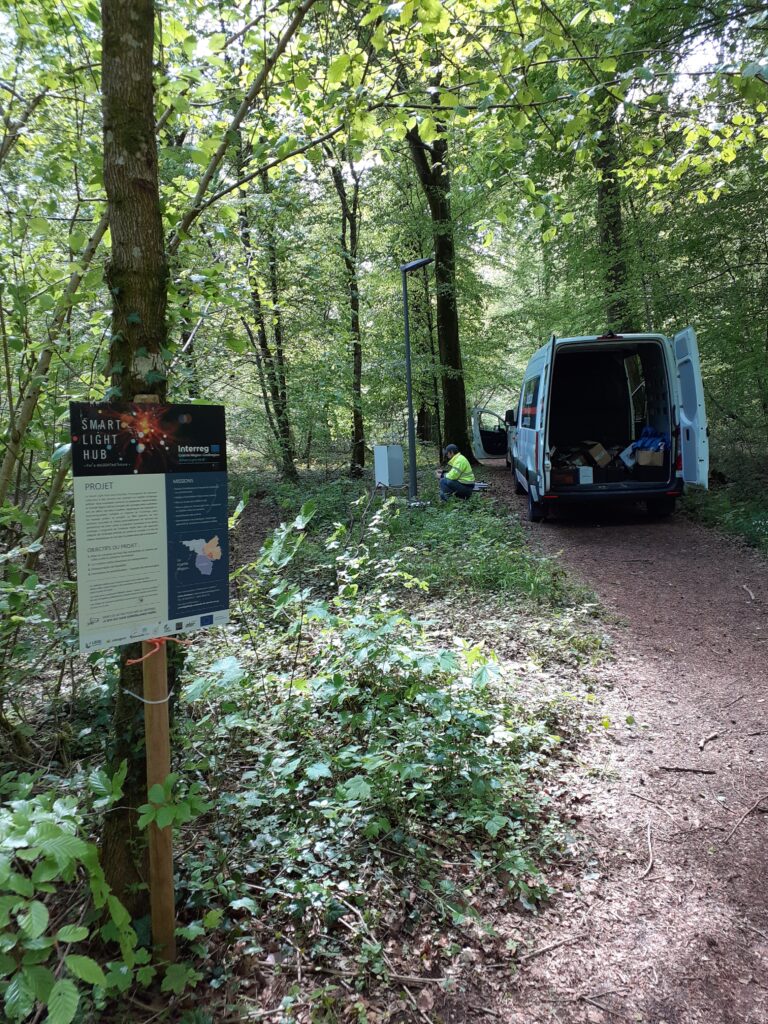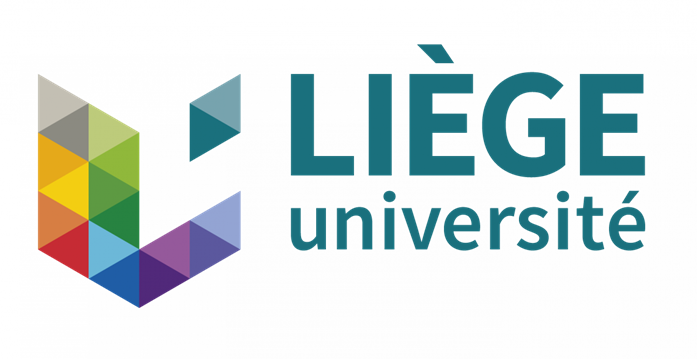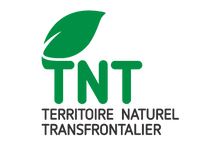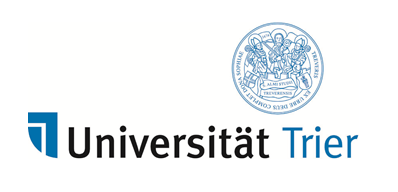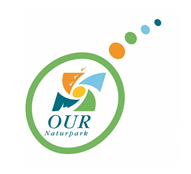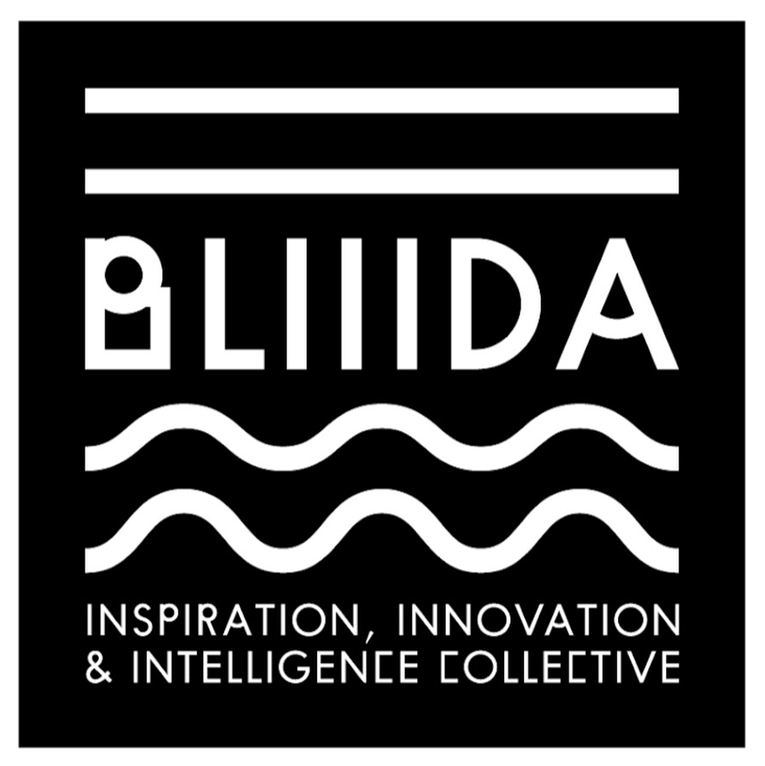Differdange (LUX) – from 15 March to 9 April 2021
Insects, birds, bats… public lighting has a significant impact on many wild species. As part of a vast project covering the territory of the Greater Region, Natagora is launching a field study to assess this impact and propose solutions.
The “Smart Light-Hub” project, deployed throughout the Greater Region, aims to facilitate the emergence of collective responses to the issues raised by artificial lighting. The project also aims to strengthen cross-border cooperation in order to define an innovative, ecosystem-friendly, economically profitable and creative vision of lighting in public and private spaces.
In a context where many municipalities are progressively replacing their lighting stock with less energy-consuming and technologically more efficient LED luminaires, one of the objectives of Natagora’s project is to measure the impact of public lighting on several groups of animal species (mammals, birds, insects). Natagora has therefore set up a specific protocol to carry out a field study in Wallonia and on the various slopes of the Greater Region. The kick-off of this vast study was given on 16 June 2020. This study took place in an open environment (meadows, hedgerows) in 2020 and will be conducted in a closed environment (woods) in 2021. Its aim is to evaluate the effect of so-called “impacting” LED lamps (4,000 Kelvin) and other less impacting lamps (2,200 Kelvin) on biodiversity.
Hussigny-Godbrange (FR) – from 21 May to 4 June 2021
